A tool to guarantee your working day
Let’s talk in this article about the operational checklist and how it can help us, remembering exactly what is important to control and perform.
Many operators may consider a load when we look at it and see a sequence of points that need to be monitored and adjusted. But we should know that all of this is there to help us be more efficient in our workday.
We technicians have to understand and believe in this tool. If checks are determined at these points, it means that we are going to work to ensure the best operating conditions in our equipment, processes and we have to execute them with discipline.
We have several items to check and we know that each area has its own specific checklist, so let’s take three examples of checks:
THE TIN DECORATOR (In a different machine we will have to check).
We will now simulate a parameter deviation to demonstrate what kind of impact it can cause on equipment performance, product quality or the overall process.
In that case, we are considering Rutherford decorators.
 POINT 01 – EJECTION PRESSURE OF THE DAMAGED CAN. (DAMAGED CAN BLOWOFF)
POINT 01 – EJECTION PRESSURE OF THE DAMAGED CAN. (DAMAGED CAN BLOWOFF)
This check point should be set as recommended by the manufacturer. In this case, 90 PSI pressure.
This is the system that ensures the expulsion of the can, a presence sensor.
The decorator feed system directs the can to the mandrel and any cans that are not 100% on the mandrel will be considered damaged cans and will activate the damaged can ejection system (Trip).
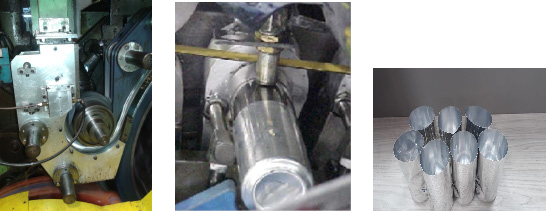
If this pressure is set to values below the recommended values, we run the risk of a bad ejection, of not removing the can from the mandrel at the right time.
If not ejected properly, the can can fall into unwanted places and cause damage such as:
Blanquette cut

The blanquettes are responsible for transferring the final image to the can. are made of a special rubber and receive the ink from the printing plates.
There are 6-colour and 8-colour printers, which means that you can print signs with up to 8 different colours.
The blanket receives all the impressions of each plate, each color and make the final impression on the can. Because they are made of rubber, they are very sensitive and are usually damaged most of the time by damaged Trip cans.
Cut varnish applicator roller
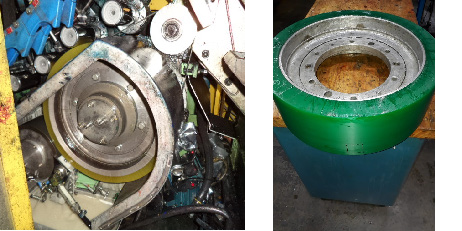
The applicator roller is an item of the coating machine and is responsible for applying the coating around the entire perimeter of the tin. It is also made with a special rubber and is very sensitive. There are many possibilities where an applicator roller can be damaged, but the biggest cause of damage can be a badly ejected trip can.
Printing plate breakage / cut main roller.
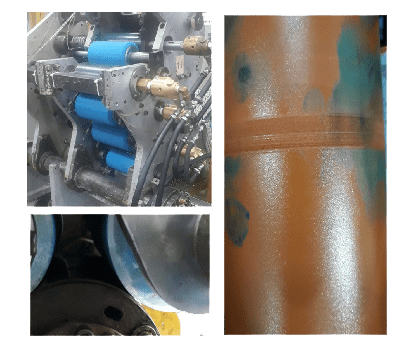
For the same reason mentioned above, we can damage the printing plates and main rollers, once the bad ejection of the can occurs, it can get stuck in the support casing of the inkwells and touch the plate or roller. This damage causes printing defects that directly affect the quality of the product.
 POINT 02 – PRINT CARRIAGE CYLINDER AIR PRESSURE. (CARRIAGE TRIP AIR CYLINDER)
POINT 02 – PRINT CARRIAGE CYLINDER AIR PRESSURE. (CARRIAGE TRIP AIR CYLINDER)
This check point should be set as recommended by the manufacturer.
In this case between 130 and 150 PSI pressure.
Continuing in the sequence of the trip event a failure occurs due to a damaged can, we have a series of moves that are triggered in the Decorator.
This can was ejected leaving the mandrel uncovered and the Decorator needs to perform a retraction movement of the print carriage.
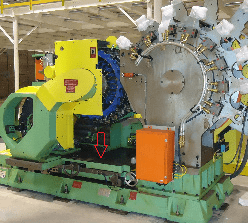
This set of the carriage moves away due to the action of the pneumatic cylinders that make withdraw and returns to its initial printing position, thus leaving the mandrel without can and uncovered pass without contact with the blanket.
This system operates at very high pressure due to the weight of all the assemblies that are connected to the carriage.
If in the routine check if you find values below the specified values, we run a serious risk of malfunction in the movement of the car. This malfunction causes some equipment malfunctions and printing defects.
Generating Trip Events
Printing failures
Internal printing
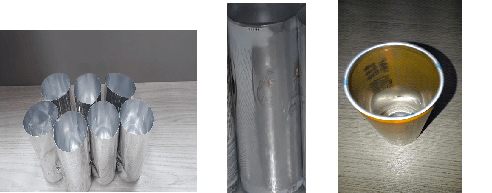
 POINT 03 – REJECTION AIR PRESSURE IN THE PINNED CHAIN. (PIN CHAIN BLOWOFF)
POINT 03 – REJECTION AIR PRESSURE IN THE PINNED CHAIN. (PIN CHAIN BLOWOFF)
This test element is part of the sequence of events of the damaged can and it is of utmost importance to have an effective control of this element. In this case 60 PSI.
The air pressure of the chain ejection must reject a sequence of cans due to movement of the print carriage by Trip event and any value below the specified, can bring us serious problems of rejection, thus allowing them to pass cans with printing faults or without lithography.
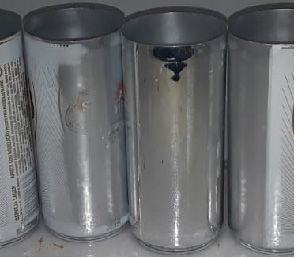
This type of failure is normal in a trip event, but the important thing is to keep the positioning of the air peaks and pressures within specification to ensure rejection.
So we can speak in a generalized way that the checklist helps us to be proactive, identifying deviations before the generation of problems and preventively gives us time to act in the adjustments of these parameters, thus making the necessary corrections that will ensure the operation of equipment and processes.
It is very important to train the technician to do the checklist before actually entering their jobs.

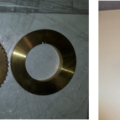

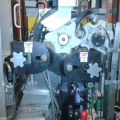

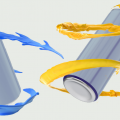

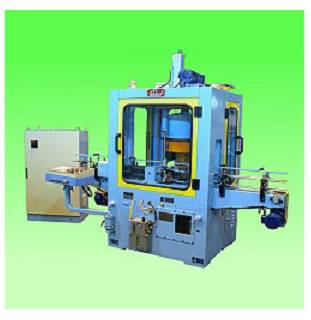
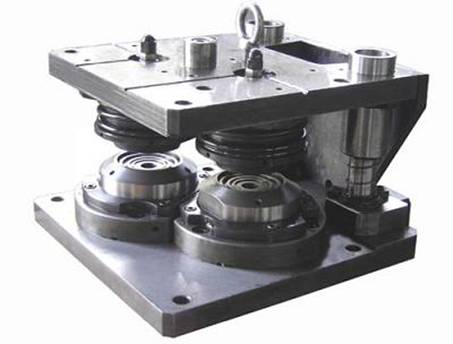
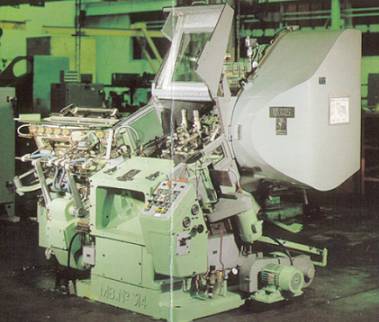



0 Comments